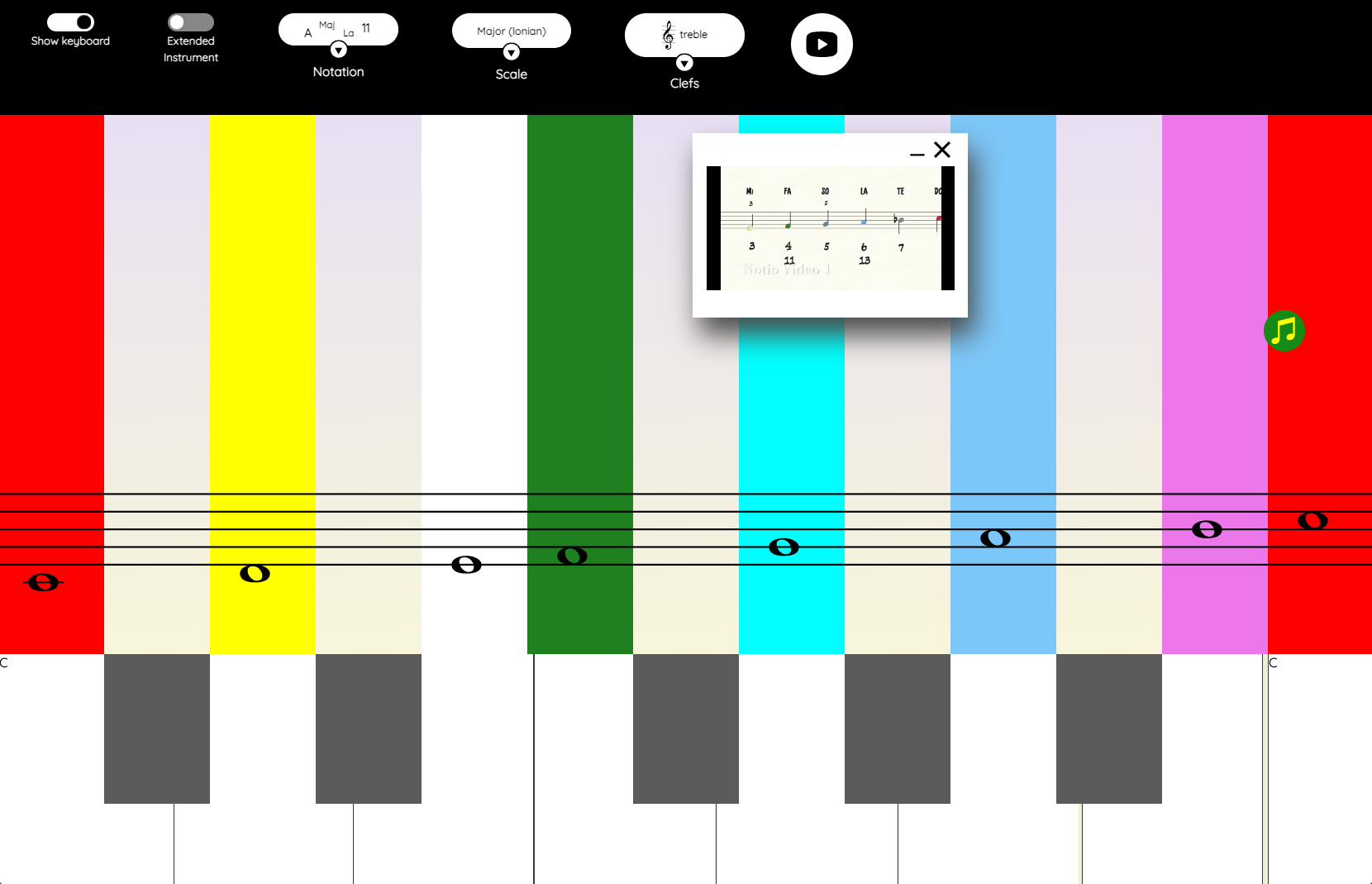Notio Project
The Notio Project focuses on developing new pedagogies and technologies for improving the teaching of music theory together with creative practices like songwriting and improvisation in Finnish schools. It is funded by Åbo Akademi University Foundation, the Swedish Cultural Foundation, and others.
The Notio App helps users visualize, listen to, and create music using tools like a color xylophone, staff notation, and a keyboard, supporting multiple languages and scale systems.
Development is led by Mats Granfors, Cecilia Björk, and Alex Ruthmann, with contributions from Emelie Zawadzki, Muriel Colagrande, Joachim Högväg, and others. Feedback is welcome via email.
Try the App NowProject Abstract
Music theory can often feel disconnected from creative practice. This project explores how theoretical knowledge like tonality and form relates to fluency and expressiveness in music-making. The goal is to support the development of apps and educational tools that integrate theory and practice.
The research brings together education, cognitive science, music performance, and technology to design tools that inspire and support music students globally.
